Downtown Charles Town Historic District: 300 Block East Congress Street
Introduction
Text-to-speech Audio
Images
Zion Episcopal Church
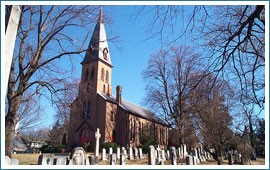
314-316 E Congress Street
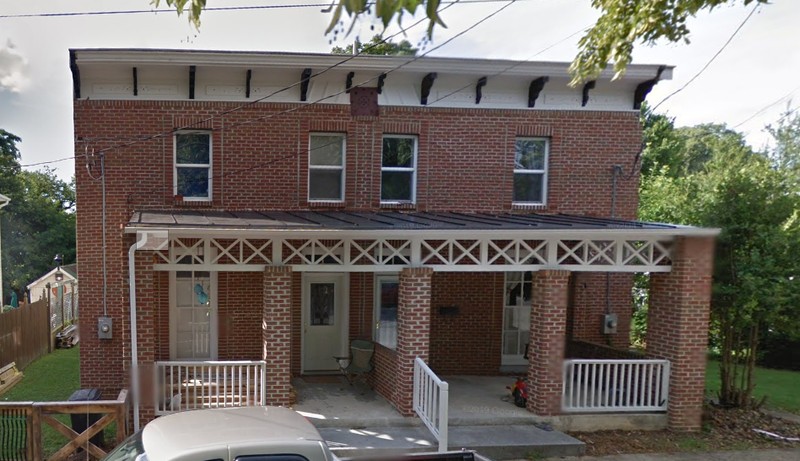
310 E Congress Street
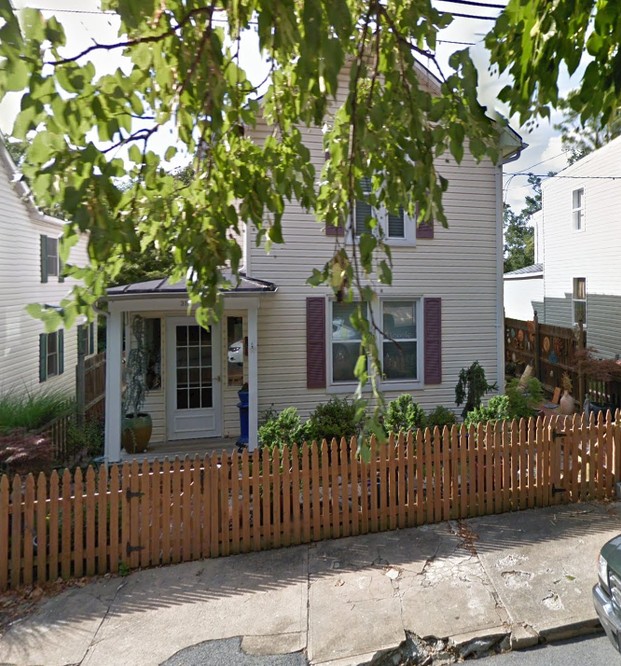
308 E Congress Street
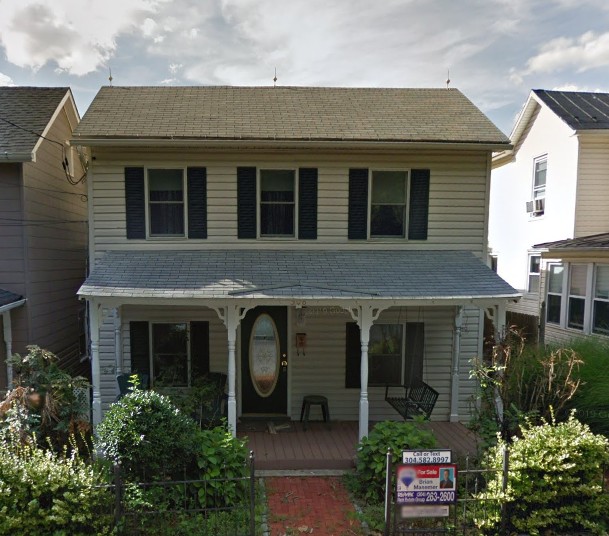
304 E Congress Street
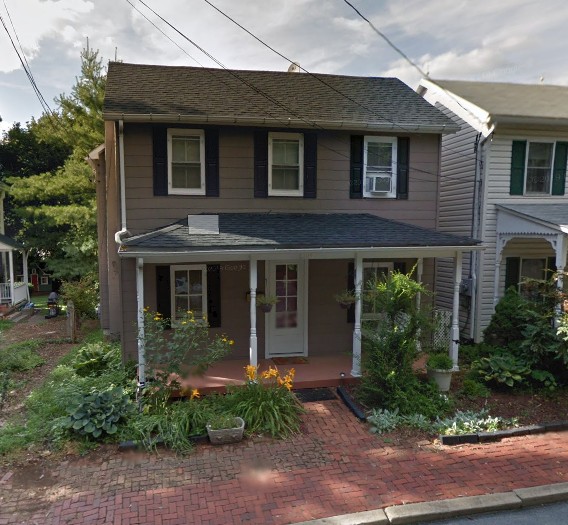
121 S Mildred Street
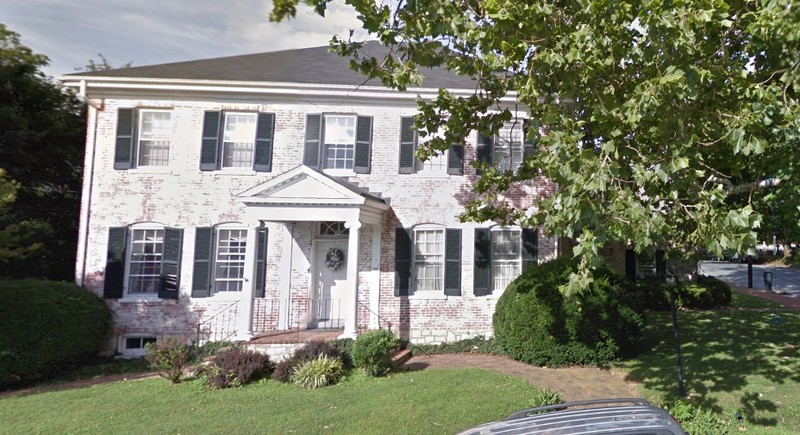
Section of Historic District map

Backstory and Context
Text-to-speech Audio
Contributing Structures:
301 E. Congress Street: Zion Episcopal Church. “Gothic Revival, 1851. Decorative Corbeling and multi-paned windows with pointed arched heads. Square bell tower. Church of the Washington family.”
The Zion Episcopal Church was constructed in 1815 to replace St. George’s Chapel outside of Charles Town. A bigger church replaced the original structure in 1847-48, but was destroyed in a fire soon after. The current structure was constructed in 1851. The church was heavily damaged during the Civil War when it was used as a barracks and hospital, and the interior had to be replaced after the war.
The church cemetery contains the graves of 85-90 Confederate soldiers and two Revolutionary War officers. Around 70 members of the Washington family are buried here, including Colonel John A. Washington, the last owner of Mount Vernon. Also in the cemetery are Colonel Preston Chew, commander of horse artillery in the Confederate Army, and John Yates Beall who was convicted of espionage and hanged in 1865.
314-316 E. Congress Street: “Italianate, c. 1890s. Two story, four bay duplex. Prominent bracketed cornice. Example of an Italianate style duplex.”
310 E. Congress Street: “Queen Anne influence, c. 1900. L-shaped two story, two bay frame house with extension at rear. Forward projection gabled section.”
308 E. Congress Street: “Turn-of-the-century Vernacular, c. 1900. Two story, three bay frame house with central entrance. Partially enclosed front porch.”
304 E. Congress Street: “Turn-of-the-century Vernacular, c. 1900. Two story, three bay frame house with central entrance. Porch across the front.”
121 S. Mildred Street. Zion Episcopal Church Rectory: “Colonial Revival, c. 1910. Two story, five bay brick house. Central entrance. Main roof is hipped. Excellent example of Colonial Revival Rectory of Zion Episcopal Church.”
Sources
“National Register of Historic Places Registration Form: Downtown Charles Town Historic District.” Accessed December 10, 2020. http://www.wvculture.org/shpo/nr/pdf/jefferson/97000263.pdf.
“History.” Zion Episcopal Church. Accessed December 21, 2020. https://www.zionepiscopal.net/more-history.
“Zion Episcopal Church.” Washington Heritage Trail. Accessed December 21, 2020. https://washingtonheritagetrail.com/jc_09.html.
“Walking Tour of Charles Washington’s Town: Walk in the Footsteps of History.” City of Charles Town and Jefferson County Convention & Visitors Bureau. Accessed December 10, 2020. https://s3.amazonaws.com/discoveritallwv.com/JCHS_CTTourBrochure.pdf.
“Zion Episcopal Church.” Washington Heritage Trail. Accessed December 21, 2020. https://washingtonheritagetrail.com/jc_09.html.
Google Maps. Accessed December 21, 2020.
Google Maps. Accessed December 21, 2020.
Google Maps. Accessed December 21, 2020.
Google Maps. Accessed December 21, 2020.
“National Register of Historic Places Registration Form: Downtown Charles Town Historic District.” Accessed December 10, 2020. http://www.wvculture.org/shpo/nr/pdf/jefferson/97000263.pdf.
